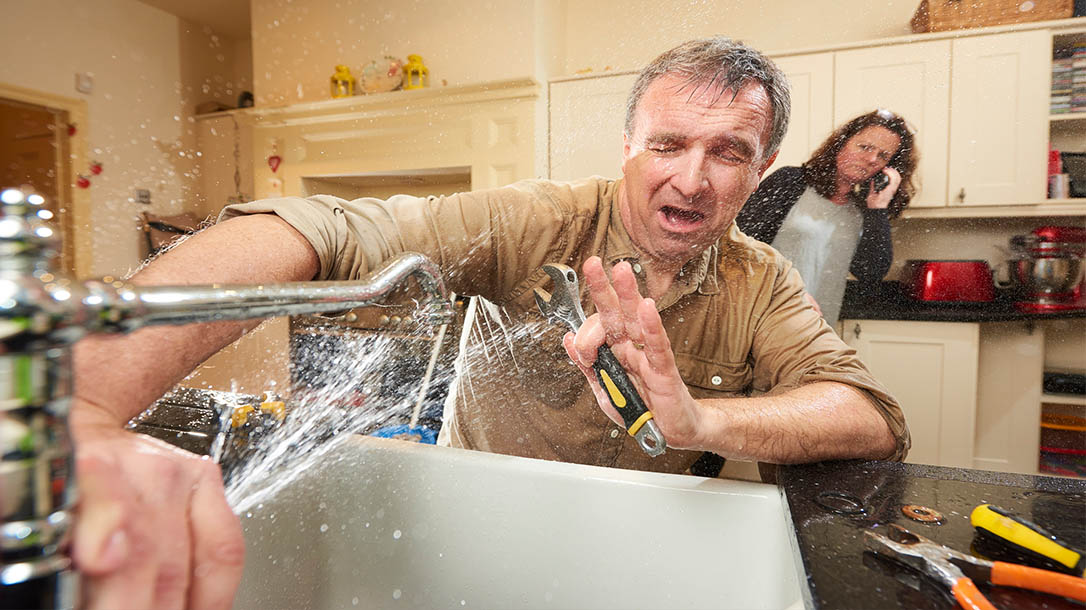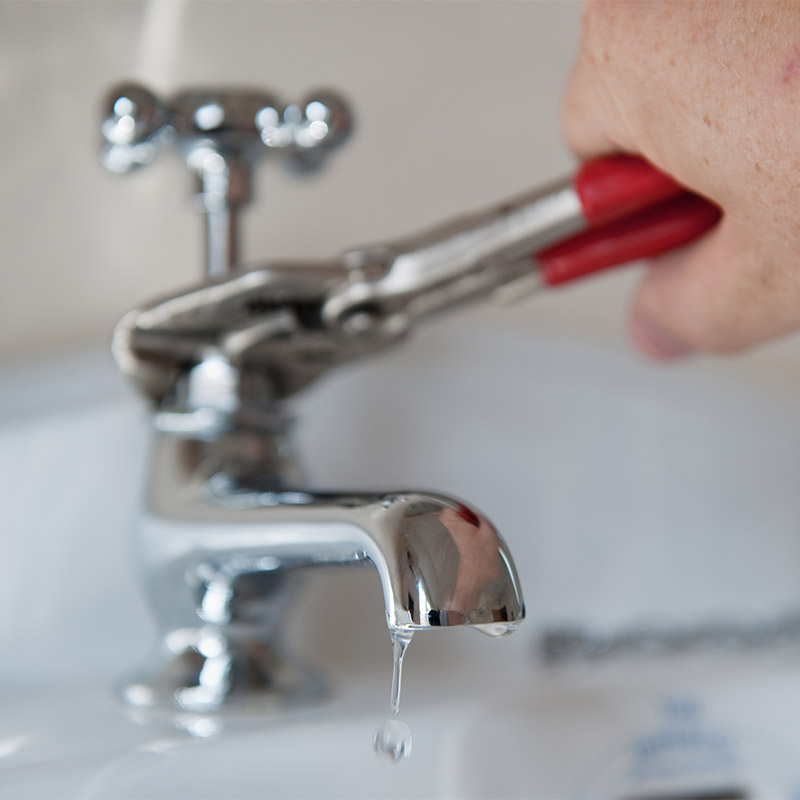On this page below you can locate lots of quality content about Why Is It Important To Fix Your Leaking Tap/Faucet?.

Dripping faucets might appear like a small aggravation, but their impact surpasses simply the aggravation of the noise. From drainage to sustaining unneeded monetary expenses and health and wellness threats, overlooking a trickling tap can result in various consequences. In this article, we'll explore why it's crucial to resolve this typical household concern promptly and effectively.
Waste of Water
Environmental Impact
Leaking faucets contribute substantially to water wastefulness. According to the Epa (EPA), a single tap dripping at one drip per secondly can throw away more than 3,000 gallons of water each year. This not only pressures water resources yet also affects ecosystems and wild animals depending on them.
Step-by-Step Guide to Fixing a Dripping Faucet
Tools Required
Before trying to repair a leaking tap, collect the essential tools, including an adjustable wrench, screwdrivers, substitute components (such as washers or cartridges), and plumber's tape.
Usual Tap Issues and Their Solutions
Identify the sort of faucet and the certain concern triggering the drip. Usual troubles include worn-out washing machines, rusty valve seats, or faulty O-rings. Refer to producer guidelines or online tutorials for step-by-step support on repairs.
Financial Expenses
Enhanced Water Expenses
Beyond the environmental effect, trickling faucets can blow up water expenses considerably. The collected waste over time translates right into greater utility costs, which could have been stayed clear of with timely repairs.
Possible Residential Or Commercial Property Damages
In addition, extended leaking can result in harm to fixtures and surface areas surrounding the faucet. Water buildup can cause discoloration, rust, and also structural concerns if left ignored, leading to additional repair expenses.
Wellness Worries
Mold And Mildew and Mildew Development
The continuous presence of dampness from a leaking tap creates an optimal atmosphere for mold and mildew growth. These fungis not just compromise interior air top quality but additionally present health and wellness risks, specifically for individuals with respiratory system conditions or allergic reactions.
Waterborne Diseases
Stationary water in trickling faucets can end up being a breeding place for bacteria and various other virus, enhancing the danger of waterborne conditions. Contaminants such as Legionella germs prosper in stationary water, possibly leading to major health problems when consumed or breathed in.
Do it yourself vs. Specialist Fixing
Advantages and disadvantages of DIY Fixing
While some may attempt to take care of a leaking faucet themselves, DIY fixings come with their very own collection of obstacles. Without appropriate expertise and tools, do it yourself attempts can exacerbate the problem or lead to incomplete repairs, extending the problem.
Benefits of Working With a Professional Plumber
Working with a specialist plumber makes sure that the underlying source of the dripping faucet is attended to successfully. Plumbers possess the knowledge and equipment to identify and fix faucet issues successfully, saving time and lessening the danger of further damages.
Ecological Obligation
Specific Payment to Preservation
Taking duty for repairing trickling faucets aligns with more comprehensive initiatives towards water preservation and ecological sustainability. Every person's activities collectively make a significant influence on maintaining valuable sources.
Sustainable Living Practices
By focusing on prompt fixings and embracing water-saving behaviors, individuals contribute to sustainable living techniques that profit both existing and future generations.
Preventive Measures
Normal Upkeep Tips
To prevent trickling taps, perform routine maintenance such as cleaning up aerators, inspecting for leaks, and replacing worn-out components without delay. In addition, take into consideration mounting water-saving devices or upgrading to more effective fixtures.
Relevance of Prompt Repair Works
Resolving dripping faucets as quickly as they're seen prevents further water wastefulness and potential damage, inevitably conserving both water and cash over time.
Effect On Residential Or Commercial Property Worth
Assumption of Well-Maintained Residential Or Commercial Property
Keeping a residential or commercial property in good condition, consisting of resolving upkeep issues like dripping faucets, boosts its regarded value and desirability amongst possible purchasers or tenants.
Impact on Resale Value
Characteristics with well-maintained plumbing components, including taps, command higher resale worths in the real estate market. Resolving leaking taps can contribute to a favorable impression during residential or commercial property examinations and negotiations.
Conclusion
Attending to a trickling faucet surpasses mere comfort; it's a necessary step towards conserving water, decreasing economic costs, and safeguarding health and wellness and building. Whether via DIY fixings or professional help, doing something about it to repair trickling taps is a small yet impactful way to promote accountable stewardship of sources and add to a healthier, much more lasting future.
How to Fix a Dripping or Leaky Faucet
A leaking faucet is one of the most common problems that homeowners encounter, but it being commonplace doesn’t make it any less annoying. The constant drip drip drip of a leaking bathtub faucet, showerhead, or sink tap can disturb your home’s serenity. Left neglected, a dripping faucet can also result in higher water bills and discoloration or mold growth in your sink or plumbing fixtures.
Fortunately, you don’t have to be a trained plumber to know how to stop a dripping faucet. With some basic tools, replacement parts, and a little patience, leaky faucet repair is a breeze. In this article, we’ll explain what causes dripping faucets and how you can fix them.
What Causes a Leaking Faucet?
Kitchen and bathroom faucets come in all manner of designs, but most involve some combination of valves, O-rings, seals, and washers. The O-ring is usually the weakest link, but any one of these pieces can wear down over time. Heat, moisture, temperature fluctuations, minerals, mold, and movement can contribute to warping and corrosion, breaking the watertight seal. This just comes with the territory of being a homeowner. Everything is always subject to wear and tear, and some component parts of your appliances and fixtures need to be replaced on occasion. At least replacement O-rings are cheap!
More rarely, dripping faucets can be a symptom of excessively high water pressure. Were this the case in your home, you would probably notice that the leak is not isolated to one faucet. Water pressure issues are harder to resolve on your own. We recommend contacting a professional plumber if you suspect your water pressure is too high.
How to Fix a Dripping Faucet
- Pipe wrench or monkey wrench
- Allen wrench set
- Screwdrivers
- Old towel or rag
Shut off the water.
Before you do anything, you need to turn off the water to keep from drenching your kitchen or bathroom. You should find a valve under the sink and against the wall. Once you’ve turned this valve, try turning the faucet on to confirm that the water source has been cut off.
If you can’t locate your local valve for the faucet you’re working on, you can always shut off the water to the house at the main valve. Of course, this will prohibit anyone from using the sinks, showers, or toilets while you’re working on the faucet that’s giving you trouble.
Plug or block the drain.
You’ll be disassembling the faucet and removing some small bits of hardware. Plug the drain with a stopper or rag to avoid the possibility of a small screw falling into your P-trap.
Take apart the faucet assembly.
There are several varieties of kitchen and bathroom faucets, each with its own manner of assembly. For detailed instructions on how to disassemble your faucet, you can refer to the fixture’s manual or contact the manufacturer. If you know whether you have a ball, disc, cartridge, or compression faucet, you can find detailed schematics online.
In general, you need to begin by removing the faucet handles. You might notice a small screw that you’ll need to remove with a screwdriver or Allen wrench. If you don’t see any visible securing hardware, it’s likely hidden under a decorative cap that can be unscrewed or popped off with flathead screwdriver.
Remove each piece methodically, consulting a schematic when necessary. Take notes or arrange the pieces in such a way to make it easier to correctly reassemble the faucet later.
Remove the cartridge.
Once you’ve removed the handles and securing hardware, you should be able to remove the valve cartridge or stem. Some cartridges will slide right out. Other faucet models will require you to loosen a nut with a pipe wrench before you can remove the valve stem.
Examine the exposed hardware.
With the cartridge or stem removed, inspect the component parts. Check the rubber O-rings for wear and tear. Also examine the seat washer for corrosion or other damage. These pieces are usually the responsible parties for a dripping faucet, but it’s worth inspecting the other component parts while you have the faucet disassembled.
Find replacement parts.
Once you’ve identified which faucet component has failed, find an identical replacement. Your local hardware store should have O-rings, seat washers, and other standard components in stock. If you have a luxury or uncommon faucet, you may have to contact the manufacturer for a replacement part.
It’s a good idea to take your old parts with you to the hardware store so you can compare them with the store’s inventory and be sure you’re purchasing the correct replacement.
Reassemble the faucet.
With your new parts in hand, reconstruct the faucet and handles. Don’t be tempted to overtighten screws or nuts. You might think this could create a better seal, but it can instead damage or bend a delicate part of the assembly and create a new problem for you.
Turn on the water and test the faucet.
The only thing left to do is test your work. Unplug the sink, turn the water back on, and try the faucet. Congratulate yourself on a job well done!
https://www.libertyhomeguard.com/how-to-fix-a-dripping-or-leaky-faucet/

As a person who reads on , I assumed sharing that piece of writing was a smart idea. Do you know about another person who is curious about the subject? Please feel free to promote it. Thanks for your time spent reading it.
Comments on “Why It's Essential to Rectify a Dripping Faucet”